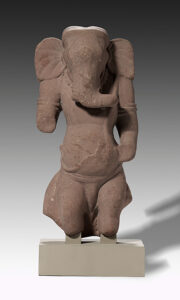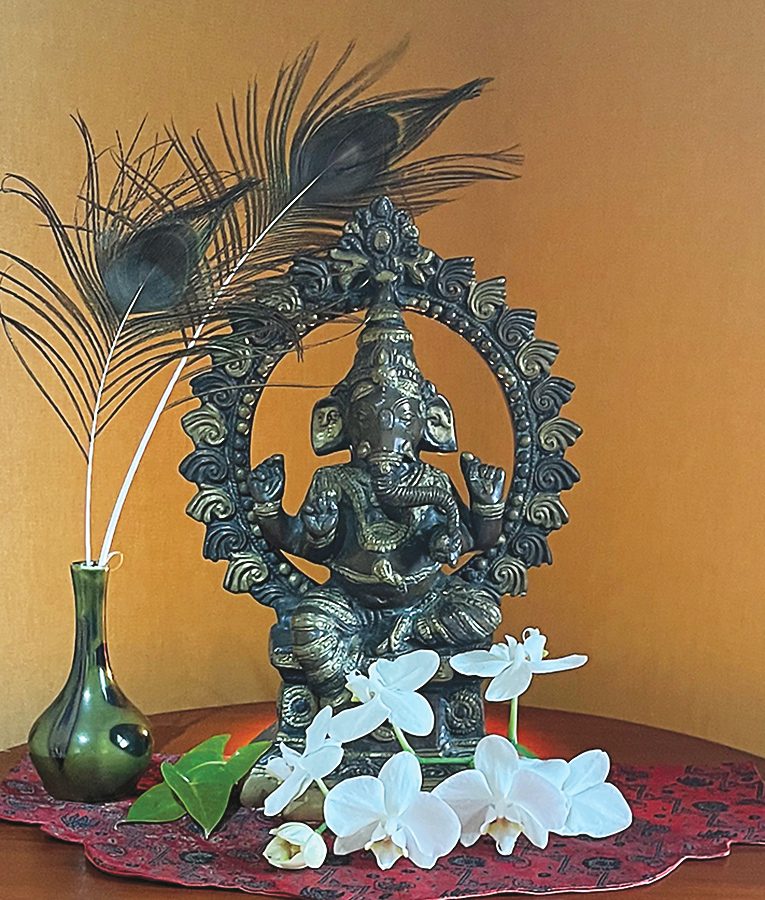Massive grey forms slowly move across the great plains of Africa. The deafening blare of a primitive trumpet ringing through the dense forests of India.
These are but two of the many images evoked by the elephant figures found gracing our homes.
Whether incorporated into a piece of furniture or standing alone, elephants appear in numerous shapes and sizes. Some resemble the Indian, or Asian, elephants (Elephas maximus), which are commonly domesticated. In contrast, others appear to look like the larger-eared, flatter-headed African bush elephants (Loxodanta africana), now found wild in only a few areas.
Fortunately, worldwide concern for the survival of these fantastic beasts has led to more significant efforts toward eliminating the poaching of elephants for their ivory tusks and preserving their natural habitats.
Throughout the years, elephant decor has also provided a treasure trove of legend and folklore.
There are tales suggesting an elephant placed facing a window or into a room is the sign of a gracious host, while an upraised trunk is often interpreted as a welcome to would-be visitors. Although the elephant’s size alone, weighing in as the world’s largest land animal, would seem sufficient reason to earn it a reputation as a protector of the home, the roots of this particular designation lie in an ancient Indian legend.

Ganesh, son of the Hindu god, Síva, acquired his strange elephant-headed body while protecting his mother’s home as the story unfolds. When Síva left his wife, Parvati, at home while he roamed throughout the universe, Parvati gave birth to their son. Upon returning, Síva was infuriated to find the entry to his home barred by this “stranger” and demanded he step aside. But, the young man bravely stood his ground. Enraged by his audacity, Síva whisked off his head. When Parvati explained to Síva what he had done, Síva reached deep into the world’s forests and took the head off the first passing animal—an elephant.
Upon placing the elephant’s head on his son’s body, Síva restored Ganesh to life and an eternal place of honor as the “Lord of Beginnings.”
To this day, one can easily find statues of Ganesh standing guard at the doors of homes throughout India.
Because elephants have a habit of knocking down full-grown trees or digging up their roots to eat when other foods are scarce, it is not surprising that Ganesh is also known as the remover of obstacles. In any case, whether found in furniture or statutes, beaded or carved, elephant figures stand as gentle reminders of the reverence this awe-inspiring animal commands.
